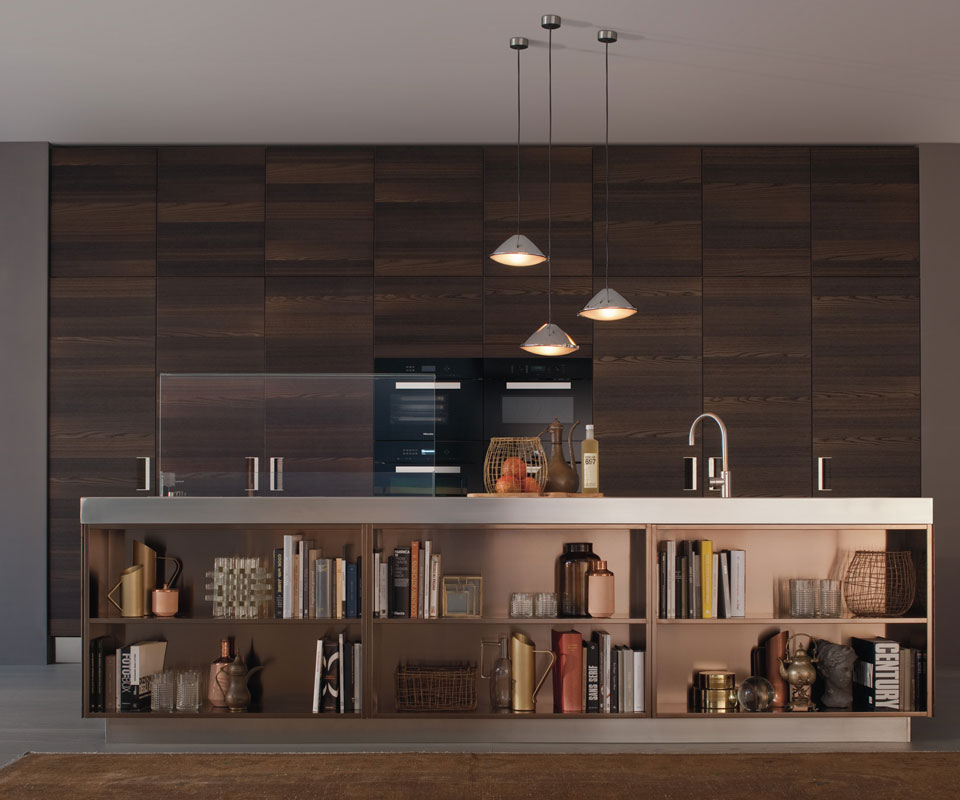The Art Of Furniture Design: From Concept To Creation
Furniture is more than mere functional objects; it’s a manifestation of artistry and utility, a testament to human creativity and ingenuity. The process of designing furniture, from its conceptualization to its tangible existence, is a captivating journey. In this information, we will get into the fascinating world of furniture design Dubai, tracing the path from initial concept to the creation of a functional work of art.
Conceptualization and inspiration:
Every piece of furniture begins with an idea, a spark of inspiration. Designers draw from a myriad of sources, from nature’s organic forms to architectural movements. They envision not just what the furniture will look like but also the emotions and experiences it will evoke in those who use it.
Sketching and visualization:
The next step is to translate the concept into sketches and visual representations. Designers use their creative skills to put their ideas onto paper, creating detailed drawings and renderings that showcase the design’s form, dimensions, and overall aesthetic.
Material selection:
Materials play a critical role in furniture design. Designers must carefully choose materials that align with the design concept, ensuring they offer the desired texture, durability, and visual appeal. Whether it’s wood, metal, glass, or a combination of materials, the selection greatly influences the final product.
Functionality and ergonomics:
Furniture design must prioritize functionality and ergonomics. A chair should be comfortable to sit in, a table should be at the right height, and storage units should be efficient. The marriage of form and function is a core principle in creating furniture that enhances daily life.
Prototyping and model making:
To test the design’s practicality and aesthetics, designers often create prototypes or models. These physical representations help designers and clients visualize the final product, identify potential flaws, and make necessary refinements.
Joinery and construction:
The construction of the furniture involves careful attention to joinery and assembly techniques. From dovetail joints in wooden furniture to welding in metal designs, the structural integrity of the piece is crucial. It ensures the furniture is not only beautiful but also robust and long-lasting.
Finishing and detailing:
The finish of the furniture is where the design truly shines. Stains, paints, varnishes, and other finishing materials are applied to enhance the material’s natural beauty, protect it from wear and tear, and achieve the desired aesthetic.



